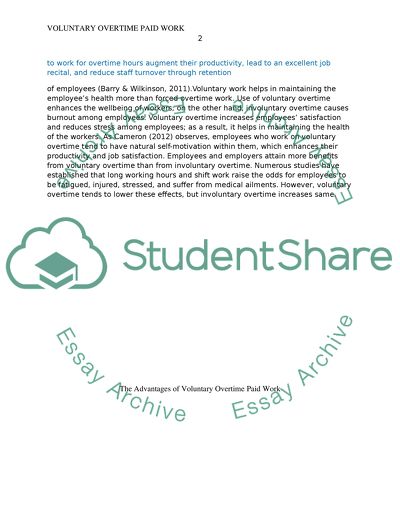Cite this document
(The Advantages of Voluntary Overtime Paid Work Literature review, n.d.)
The Advantages of Voluntary Overtime Paid Work Literature review. Retrieved from https://studentshare.org/human-resources/1399014-the-advantages-of-voluntary-overtime-paid-work
The Advantages of Voluntary Overtime Paid Work Literature review. Retrieved from https://studentshare.org/human-resources/1399014-the-advantages-of-voluntary-overtime-paid-work
(The Advantages of Voluntary Overtime Paid Work Literature Review)
The Advantages of Voluntary Overtime Paid Work Literature Review. https://studentshare.org/human-resources/1399014-the-advantages-of-voluntary-overtime-paid-work.
The Advantages of Voluntary Overtime Paid Work Literature Review. https://studentshare.org/human-resources/1399014-the-advantages-of-voluntary-overtime-paid-work.
“The Advantages of Voluntary Overtime Paid Work Literature Review”, n.d. https://studentshare.org/human-resources/1399014-the-advantages-of-voluntary-overtime-paid-work.


